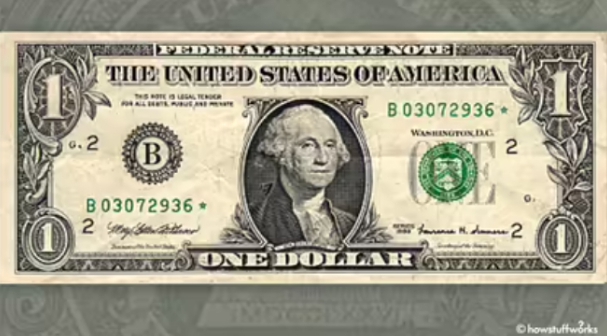How Much Is My Star Note Worth?

Because each note is unique and has variable features that contribute to its overall worth, the typical Star Note value does not have a standard value. These variables include the date issued, the date the designation was assigned, and the number of units in general circulation.
Each of these elements defines a Star Note, its function in the United States’ overall currency policy, and its value.
WHAT IS STAR NOTE?
To understand why a Star Note has worth beyond its financial value, you must first grasp what it is and how it connects with the US Federal Reserve’s wider currency plan. The Federal Reserve decides how much money should be in circulation at any one time and utilizes this figure to assist control interest rates, which affect all of the following:
- Inflation
- Available funds for borrowing
- Short-term interest rates
- Overall economic growth
- Attempts to avoid a recession
The money that will be circulated must be printed in a strictly controlled setting. Each denomination has a print run total attached to it. Occasionally, printed currency or currency in the process of being printed is damaged at the Bureau of Engraving and Printing (BEP).
REASONS WHY THERE IS STAR NOTES
Substitute Notes
Because of the significance it plays in the larger Federal Reserve monetary policy, when a sequence of currency or a single note is damaged, it must be replaced. To replace it, a substitute note is printed and distributed.
That note has a “star” label on it, indicating that it is a replacement. The number of faulty notes in a series is equal to the number of Star Notes printed. There are two varieties of Star Notes, each labeled at different periods of currency printing. This is significant since it contributes to determining the worth of that note or series of sounds.
Read Also: How to Save Money: 10 Proven Ways
Sheet Note
These are Star Notes created for errors or damage to a banknote that occur during the printing process. Every damaged piece of cash will be replaced with Star Notes by the BEP. It will not be assigned the same serial number as the bigger, undamaged sequence.
Regular Note
Regular notes are Star Notes formed during the cutting process, when sheets of currency notes are split by various denominations and/or notes. These occur far more frequently than a printing error and, as a result, are far more common.
The BEP’s quality control method includes each type of Star Note. The BEP outputs a number of Star Notes equal to the number of errors found in a print or cutting run. The amount of Star Notes printed is determined on the number of errors in a print run, with the BEP printing a maximum of 3.2 million.
Under The Limit
Star Note print runs are typically substantially smaller than the maximum limit because most currency print runs have a low mistake rate. After any errors have been corrected and a Star Note has been issued to a specific serial number, the Star Note replaces the damaged note in the currency supply and is circulated in accordance with Federal Reserve policy.
A Star Note will retain its denomination value, which means that a legal tender $5 bill will be worth at least $5. Furthermore, Star Note values are based on the scarcity concept, as well as two other factors: age and condition.
FREQUENTLY ASKED QUESTIONS
Where can I sell my Star note bills?
Silverpicker also shares a website where you can look up your star note’s serial number to learn exactly how rare it is — and apparently, the much rarer bills can sell for a pretty penny to collectors on sites like eBay, Heritage Auctions and Mercari.
Are Star note bills rare?
A for the 2017 series star notes for dollar bills, they appear to be quite rare, with runs of 250,000 made. So be on the lookout for those new, crisp 2017 notes in your pocket if you’re looking for something special.
What star note is worth the most?
In contrast, whereas a standard $1 star note normally sells for around $3, a duplicate print run star note typically sells for $15 – $20. However, there are times when these bills are worth far more than that. Only a handful pairs of serial numbers have been combined.
Why do people collect star notes?
A replacement note is represented by this star. Replacement notes are used when a printing fault occurs during a routine press run, rendering a set of bills useless.
CONCLUSION
The value of a Star Note is determined by its scarcity, the year it was issued, and its condition. The first two variables are unchangeable, but the third is usually negotiable.
A Star Note owner can search up its worth in many internet directories to get its baseline value. However, because of the factors, that price is not uniform for all Star Notes, due to the function that note condition has in deciding value.
For more information always visit dailygam.com






